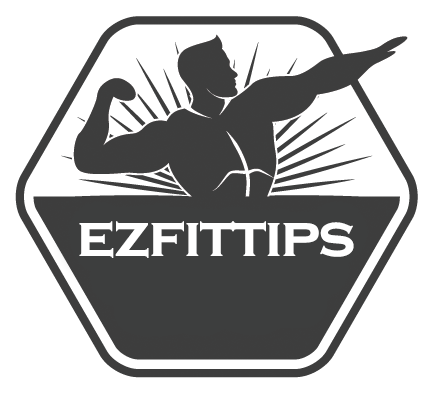Whether you’re running to lose weight, get in shape or a little bit of both, pinning down a nutrition strategy can be tricky. Here are the most common mistakes runners make when it comes to fueling, along with suggestions to improve. If you’re struggling to balance your nutrition with your running goals, consult a sports dietitian for expert assistance.

Running takes a large amount of energy, and the harder you go, the more that energy comes from carbohydrates. Whether it’s before a run, during a run or leading up to a big race, athletes tend to skimp on meeting carb needs.
Before a run, carbs are crucial for giving your body an energy boost — and you should consume 1 gram of carbohydrate per kilogram of bodyweight per hour of your planned workout prior to starting. During the run, research concludes carbs provide energy to sustain high performance and runners should take in 45–60 grams an hour. Leading into a big race, carb loading is a go-to for many athletes. However, research shows this is only effective if the athlete is truly consuming enough (10–12g/kg) in the 48 hours before racing. In the end, make sure you’re consuming carb-rich foods close to running times to get the most out of this important macronutrient.

Sweating it out for miles in the hot sun or on a stuffy treadmill can lead to runners chugging H2O. While hydration is important, drinking water alone neglects what your body truly needs. When you sweat, you lose electrolytes such as sodium, magnesium and potassium, which are vital to proper nerve transmission and muscle function. If you’ve suffered from cramping during your runs, your body likely needs additional electrolytes. Beyond electrolytes, sports drinks can supply energy, and research shows this can be a helpful way to avoid bonking while hydrating on the run.

You ran and now you’re done, right? Not so fast. Taking the time to upload your run, hop in the shower and post about it to social media without bothering to take in some food not only neglects replenishing immediate stores, but also delays recovery, potentially hindering future performance. Aim to consume a ratio of 4- or 3-to-1 grams of carbohydrates to protein immediately after completing your workout. How quickly you refuel becomes more important when running multiple times a day. A simple glass of chocolate milk is all you need before returning to normal, healthful balanced eating to help rebuild damaged muscle tissue, replenish glycogen stores and prevent excessive hunger later in the day.
- READ MORE: 5 Sports Dietitian-Recommended Whole Food Swaps For Sport Fuel

As mentioned earlier, carbohydrates are the prime fuel source for tough runs. While fat can supply some energy for long and slow efforts, you don’t need to get it from an outside source before a run. Sometimes unknowingly runners add high amounts of fat to their pre-run meals in the form of cheese or butter on bagels, nut butter-based energy bars, fat-laced pastries or coconut oil in coffee.
Too much fat slows the efficiency of carbohydrate usage, meaning slower and more sluggish efforts. It also can cause gastric distress for many. Stick to plain carbohydrates before and during your runs and save the healthful fats for meals that are further away from run times.

Many runners know exactly what and when to eat, but fail to execute their knowledge. Just as running well takes consistent practice to develop and improve, so does proper nutrition for running.
It is not uncommon for runners to be unable to tolerate food before or during runs at first. But just as you wouldn’t quit running because your legs are sore, you shouldn’t quit fueling because your gut is sore — with both situations, it takes training to get your body to adapt and better tolerate the stimulus. Start with small bits of fuel, sips of sport drink or a partial gel packet, and work your way up to the advised 45–60 grams/hour. Practicing fueling also refers to the skill involved such as opening a packet while keeping pace or grabbing an aid station cup without choking on the liquid or spilling it all over your shirt. Adding these situations to your weekly training helps you execute a successful fueling plan.









